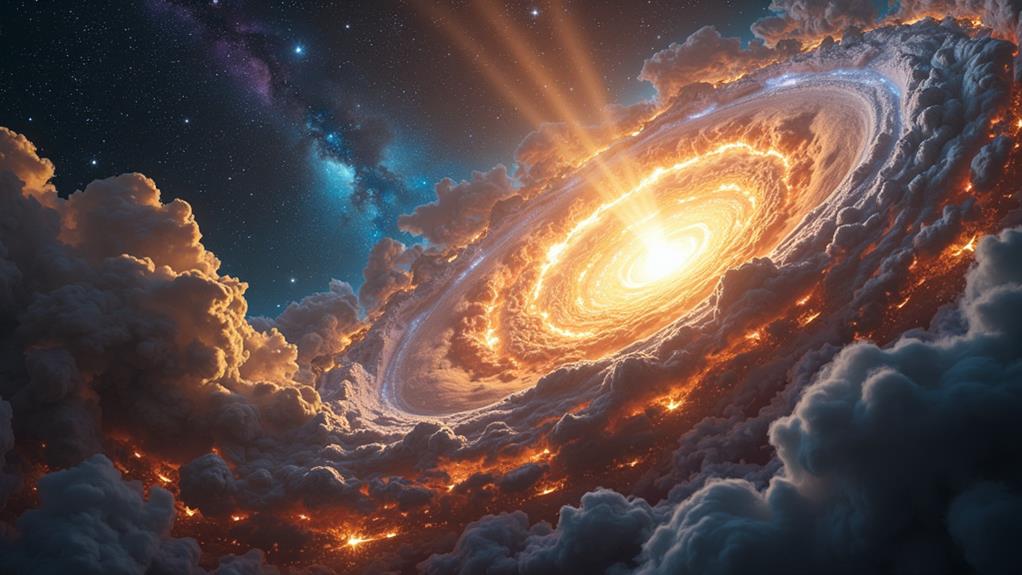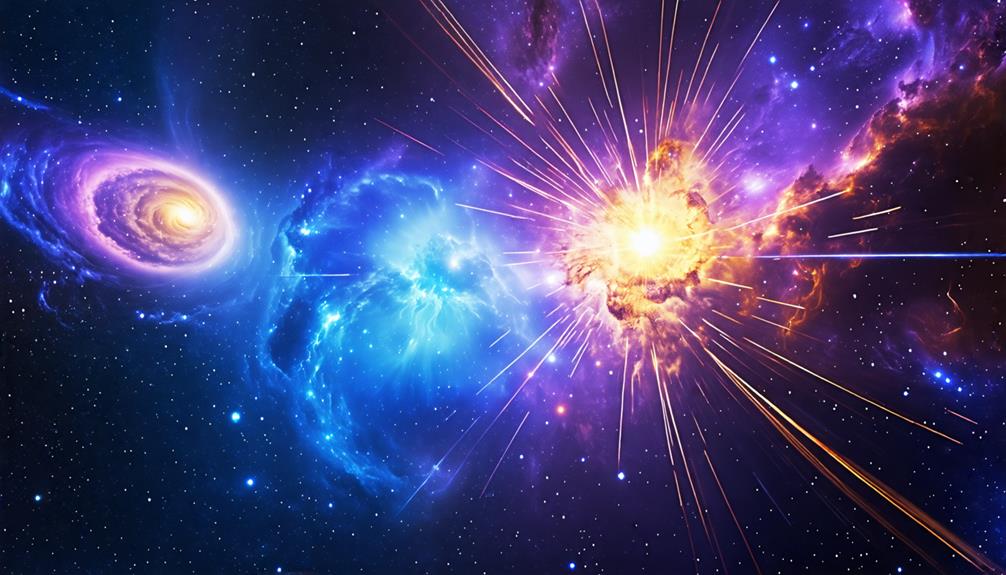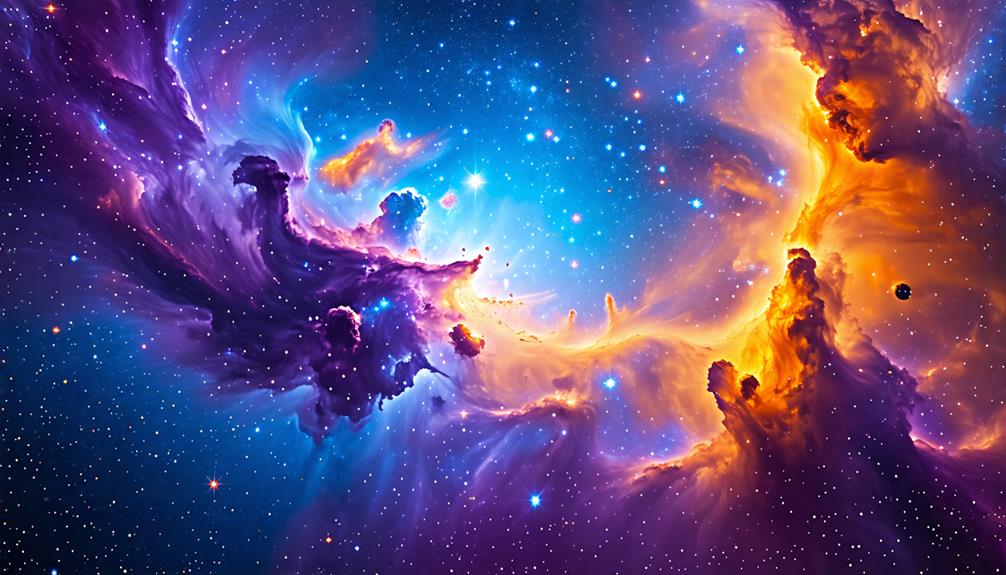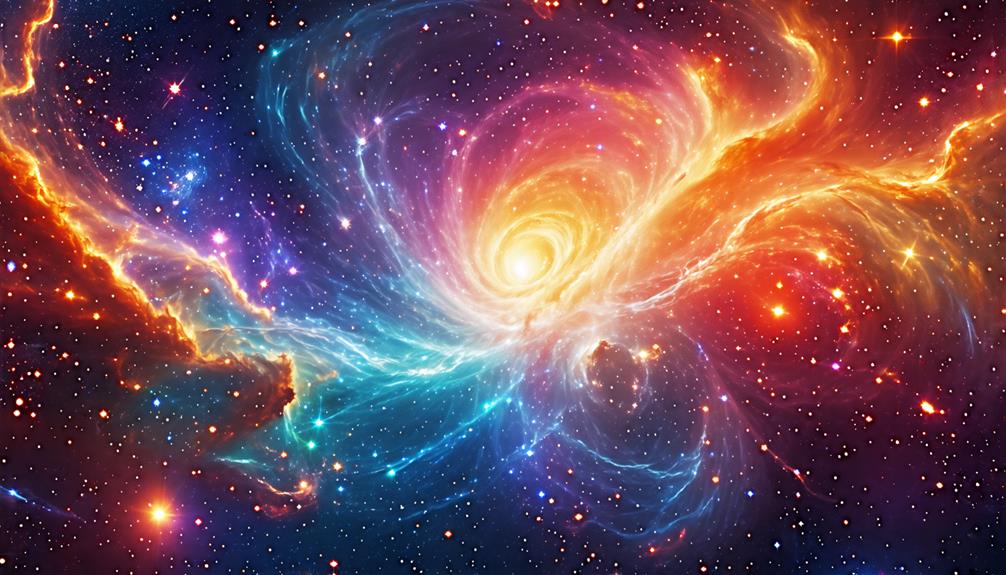Tabby's Star and Alien Megastructures: Theories Behind the Mysterious Dimming
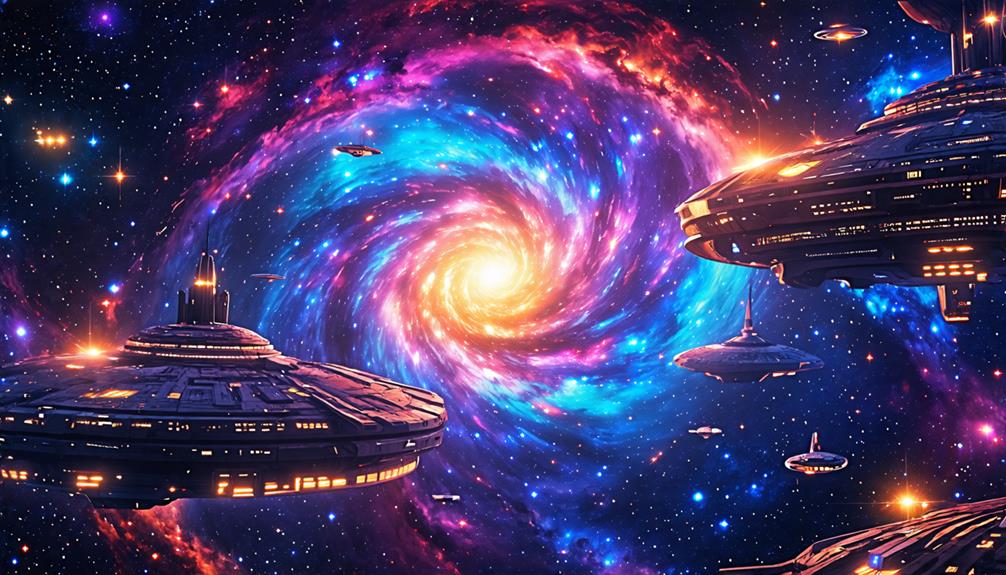
The mysterious dimming patterns of Tabby's Star have sparked significant debate, with theories ranging from alien megastructures to natural cosmic phenomena. Initially, the idea of advanced civilizations generated considerable excitement. However, recent studies have increasingly pointed to natural explanations, such as dust clouds, as the cause of these fluctuations. As we weigh these findings against the possibility of extraterrestrial life, the implications for our understanding of the universe remain profound. This ongoing investigation challenges our perception of cosmic events and highlights the complexity of interpreting astronomical data.
Overview of Tabby's Star
Tabby's Star, also known as KIC 8462852, is an intriguing F-type main-sequence star situated approximately 1,500 light-years away in the constellation Cygnus. This star gained attention due to its peculiar and irregular dimming patterns, first observed by the Kepler Space Telescope in 2015. These fluctuations in brightness can reach up to 22%, which is unusually high and has sparked significant interest among astronomers.
Named after Tabetha Boyajian, the lead author of the initial research paper, Tabby's Star exhibits light behavior that deviates from the typical patterns seen in planetary transits. Various hypotheses have been proposed to explain these dimming events, including dust clouds and other natural phenomena, though the exact causes remain uncertain. Notable dimming episodes were recorded in 2015, 2016, and 2017, prompting continued scientific investigation. The perplexing nature of Tabby's Star continues to inspire a range of theories and captivates both the scientific community and the public, making it a significant subject in the study of stellar phenomena.
Historical Context and Public Interest
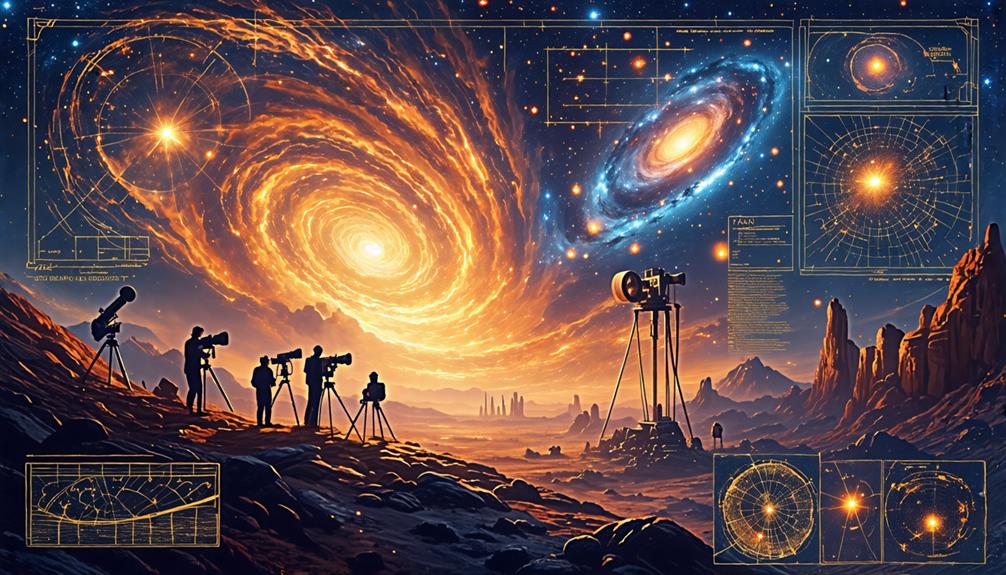
Public interest in KIC 8462852, known as Tabby's Star, surged due to its unusual dimming patterns, leading to widespread speculation about potential alien megastructures. The excitement captivated imaginations worldwide, as people pondered the possibility of extraterrestrial life. Notably:
- The star's brightness can fluctuate by up to 22%, making it one of the most mysterious objects in the night sky.
- Citizen science initiatives like Planet Hunters invited volunteers to engage in astronomical research, analyzing light curves from the Kepler Space Telescope.
- The media frenzy surrounding these theories generated numerous articles, documentaries, and vibrant discussions across social media platforms.
While the allure of alien megastructures initially dominated the narrative, ongoing investigations increasingly suggest natural explanations, such as dust clouds obstructing the star's light. Nevertheless, the fascination with Tabby's Star remains high, continuing to engage both scientists and the public. This blend of curiosity and scientific inquiry makes Tabby's Star a landmark in contemporary astronomy, where speculation and research coexist in an enchanting interplay of exploration.
Natural Explanations for Dimming
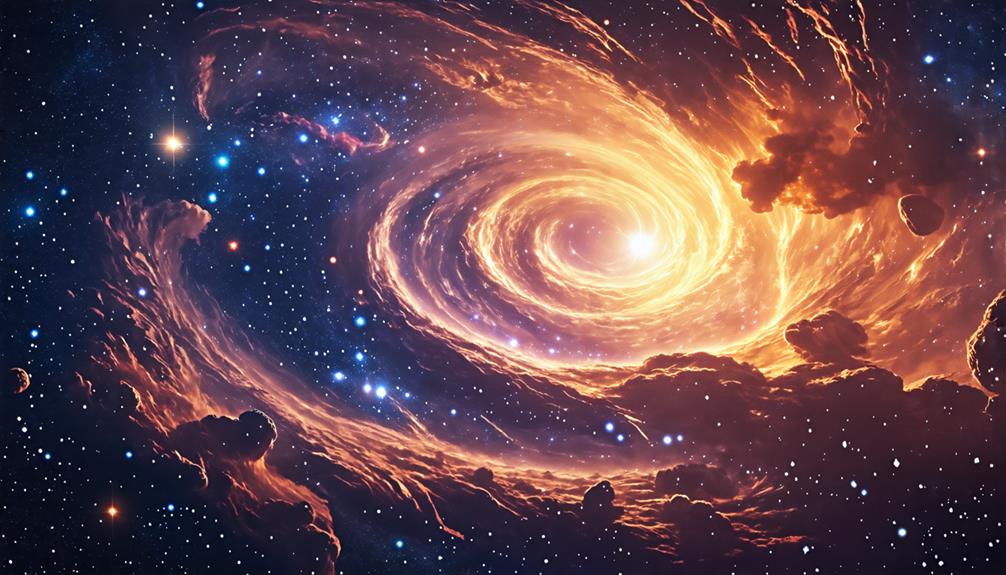
The dimming of Tabby's Star could be attributed to several natural phenomena. Dust clouds might obstruct its light, causing the observed fluctuations. Variations in stellar activity, similar to those in our Sun, could also play a role. Additionally, the presence of a companion star or nearby asteroid clusters might affect the star's brightness, although evidence for these explanations is currently limited.
Dust Cloud Obscuration
Recent observations indicate that dust clouds, rather than artificial structures, are primarily responsible for the dimming of Tabby's Star. Analysis from the Spitzer and Swift telescopes shows that the dimming occurs across multiple wavelengths, especially in ultraviolet light. This aligns with the light spectra, revealing that the obscuring material mainly consists of dust grains.
Consider these key points about the impact of dust clouds:
- Dynamic Environment: The irregular timing and intensity of brightness dips suggest that the dust might be replenished periodically, creating a constantly changing cosmic environment.
- Common Phenomenon: Similar dimming has been observed in other variable stars, indicating that this is not unique to Tabby's Star and is a natural occurrence in the universe.
- Size Matters: Research has ruled out large structures as the source of dimming, concluding that the obscuring materials are no larger than dust grains.
Stellar Activity Fluctuations
The dimming of Tabby's Star can be attributed to natural stellar activity fluctuations and the presence of dust clouds. Stellar activity, similar to the magnetic cycles of our Sun, may periodically alter the star's brightness. This suggests that internal processes within Tabby's Star could be affecting its light output.
Lifecycle variability is another important factor. Theories propose that interactions with a ringed planet or clusters of asteroids might influence the star's light, leading to the observed dimming patterns. Recent observations have ruled out the presence of large companion stars or a triple-star system, as no supporting evidence has been found.
Furthermore, light spectra analyses have shown that the dimming is more consistent with the presence of dust grains. These findings indicate that the particle compositions align with characteristics typical of dust clouds rather than larger structures. Therefore, when considering the dimming of Tabby's Star, it's essential to account for these natural explanations rooted in stellar activity and lifecycle variability to gain a clearer understanding of these mysterious fluctuations.
Companion Star Influence
Investigating the potential influence of a companion star on Tabby's Star reveals that any gravitational effects are likely minimal, as the dimming patterns do not align with its position or movement. This leads us to consider more plausible explanations for the unusual brightness fluctuations of KIC 8462852. While some enthusiasts may speculate about complex interactions in a triple-star system, the evidence does not support this theory.
Here are three reasons to focus on natural phenomena instead:
- Dust Clouds: These could surround Tabby's Star, effectively blocking light without any need for a companion star's influence.
- Circumstellar Material: Variations in material around the star might cause significant brightness fluctuations independent of other celestial bodies.
- Ongoing Observations: Continuous monitoring of both stars helps refine our understanding, though so far, no correlation with the companion star has been established.
Ultimately, the gravitational influence from the companion star appears negligible. The mystery of Tabby's Star remains, but for now, natural phenomena like dust clouds and circumstellar material are the leading explanations for its puzzling dimming patterns.
Extraterrestrial Theories Explored
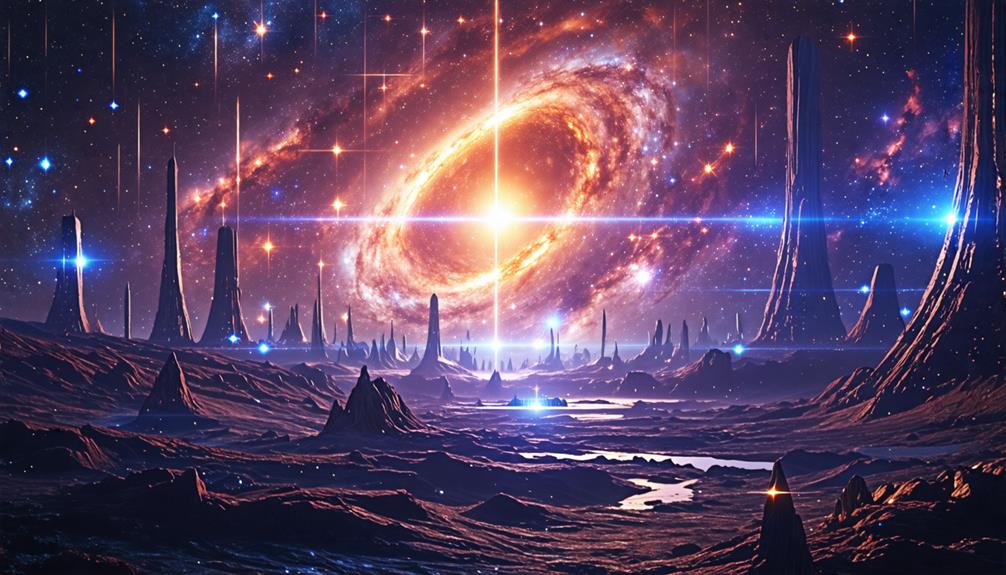
The Dyson sphere hypothesis suggests that advanced civilizations could be harnessing energy from stars like Tabby's Star. This idea, along with speculation about alien life, has captivated imaginations, even though concrete evidence is lacking. Let's explore how these theories align with recent scientific research findings.
Dyson Sphere Hypothesis
Exploring the Dyson Sphere hypothesis reveals how the mysterious dimming of Tabby's Star sparked imaginations about advanced extraterrestrial civilizations harnessing energy on an unprecedented scale. Initially, the star's brightness fluctuations led many to speculate about alien megastructures. The idea of a civilization capable of such engineering is fascinating, but the reality is more complex.
Recent research using data from the Spitzer and Swift telescopes has ruled out large structures, suggesting that the dimming phenomena are likely caused by smaller objects, such as dust clouds. Here are three emotional takeaways from this hypothesis:
- The excitement of imagining a technologically advanced civilization capable of building enormous structures in space.
- The optimism that we might one day detect signs of these extraterrestrial technologies.
- The letdown in realizing that our search for alien megastructures may instead point to natural astrophysical phenomena.
While the Dyson Sphere hypothesis captured our curiosity, ongoing studies indicate that the dimming of Tabby's Star is more plausibly explained by dust clouds and other natural factors rather than alien constructions. The quest for understanding continues, leaving us to ponder the universe's mysteries.
Alien Civilization Speculation
Speculations about alien civilizations have long captivated humanity, driving us to ponder the possibilities of intelligent life beyond Earth. The unusual dimming patterns of Tabby's Star initially sparked excitement, leading some to theorize about the existence of alien megastructures, such as a Dyson sphere, designed to harness the star's energy. However, observations from missions like Spitzer and Swift have suggested that the dimming is likely caused by dust rather than artificial constructs.
The brightness fluctuations of Tabby's Star don't fit the typical signatures expected from planetary transits or other known celestial phenomena, which keeps the idea of advanced extraterrestrial civilizations alive in public discourse. While no conclusive evidence has emerged to support these theories, the allure of alien megastructures continues to inspire speculation and curiosity.
This intersection of scientific inquiry and popular culture fuels ongoing interest in astronomical research, allowing us to explore the mysteries of the cosmos. Despite ruling out large structures, the possibility of intelligent life elsewhere remains an enticing aspect of humanity's quest to understand the universe.
Recent Research and Findings
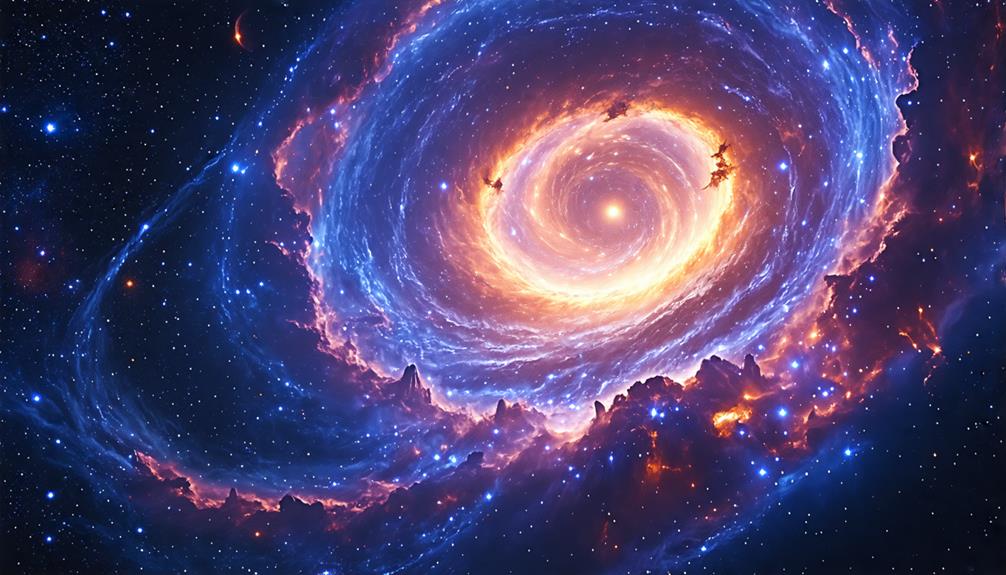
Recent observations of Tabby's Star have revealed four significant light dips, uncovering intriguing fluctuations in brightness that continue to challenge our understanding of stellar behavior. Between May and December 2017, researchers identified these dimming events, named Elsie, Celeste, Scara Brae, and Angkor. While some speculated about alien megastructures, studies now suggest that dust is likely the cause of these light dips.
Here are three key takeaways from the recent findings:
- Dust is Dominant: Research indicates that varying wavelengths of light are blocked differently, pointing toward dust rather than solid structures as the cause of the dimming.
- Citizen Scientists Make an Impact: A successful Kickstarter campaign raised over $100,000, highlighting the valuable role of citizen scientists in ongoing astrophysical research.
- Collaboration is Key: Ongoing work with observatories like the Las Cumbres Observatory is enhancing our understanding of these unusual dimming patterns.
The quest to understand the dimming events of Tabby's Star is far from over, keeping the scientific community engaged and the public intrigued.
Technological Advancements in Observation

Technological advancements in telescope and data analysis tools have revolutionized our ability to observe and understand the enigmatic dimming patterns of Tabby's Star. Instruments from missions like Spitzer and Swift have significantly enhanced our observation capabilities, enabling more effective analysis of these unusual dimming events. With the aid of AI models, predictions and characterizations of these dimming patterns have become more precise.
Remote sensing technology has facilitated real-time monitoring of Tabby's Star, providing immediate access to critical data for ongoing research. Innovative imaging techniques have unveiled intricate details about the dimming phenomena, deepening our understanding of the star's behavior.
Increased funding for astrophysical research has been pivotal in supporting these technological advancements, allowing for comprehensive studies of Tabby's Star and similar celestial objects. This collective progress in observation tools and methodologies not only enhances our understanding of Tabby's Star but also expands the horizons of astrophysics. By leveraging these cutting-edge techniques, researchers are better equipped to unravel the mysteries surrounding this fascinating star and its peculiar dimming patterns.
Broader Implications of Findings
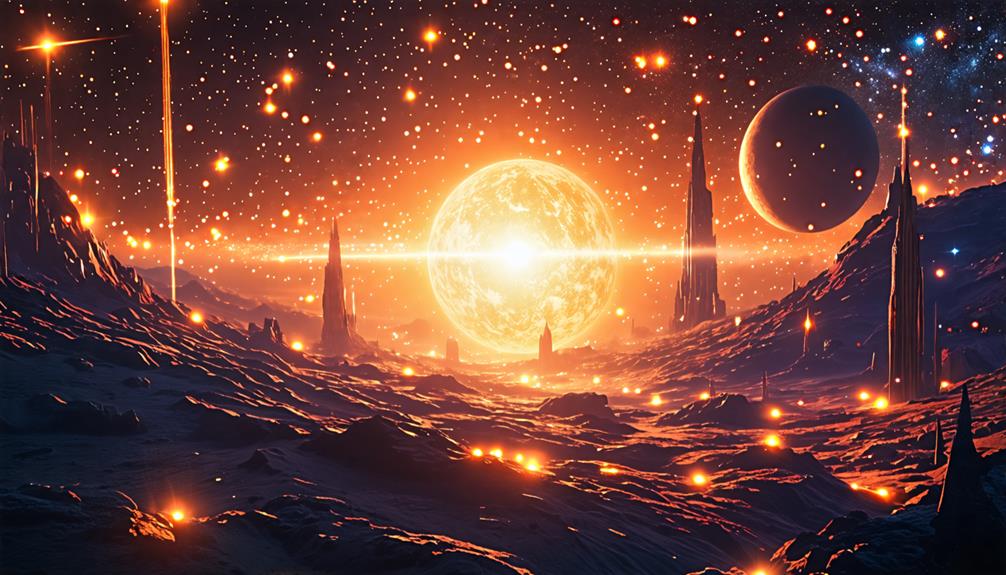
The unusual dimming patterns of Tabby's Star challenge traditional models of stellar brightness and open new avenues for understanding the lifecycle and evolution of stars. Here are three key implications to consider:
- Stellar Lifecycle Insights: Tabby's Star's mysterious behavior may indicate previously unknown stages of stellar evolution, prompting new theories about how stars interact with their environments.
- Planetary Formation Dynamics: The unique dimming patterns could offer clues about the effects of dust clouds on planetary formation, reshaping our understanding of how new worlds are born.
- Citizen Science Engagement: The public's fascination with Tabby's Star underscores the significant role of citizen science in astronomical research, encouraging broader participation in uncovering cosmic mysteries.
Understanding these implications enriches our knowledge of the universe and fuels future space exploration, bridging curiosity and scientific inquiry.
Future Research Directions
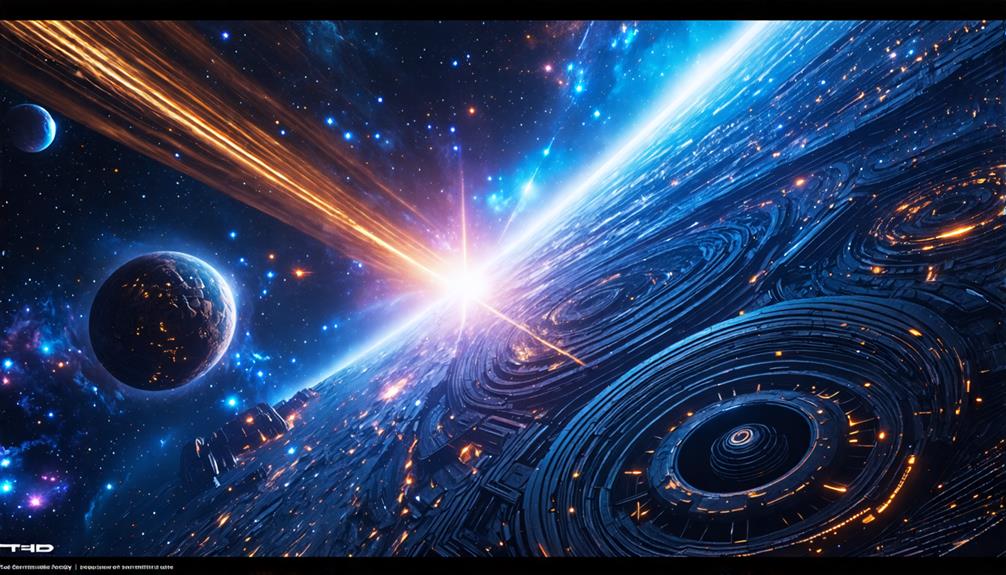
Ongoing efforts to monitor Tabby's Star are crucial for uncovering patterns in its dimming events and refining current hypotheses about their origins. Future research initiatives will focus on interdisciplinary collaboration among astronomers, utilizing advanced telescopes to gain deeper insights into the unusual dimming and light fluctuations observed. By analyzing the dust composition surrounding Tabby's Star, researchers aim to better understand the mechanisms driving these cosmic behaviors.
Additionally, researchers are expanding their investigations to include other star systems exhibiting similar dimming phenomena. This approach will determine whether the peculiar behavior of Tabby's Star is unique or part of a broader cosmic pattern. Continued observations are essential, as they will provide critical data for developing new models to explain the observed dimming events and address unresolved questions from previous studies.
Engaging in these research initiatives could lead to groundbreaking revelations about stellar dynamics and the nature of cosmic structures. Collaboration across disciplines will enhance the understanding of light fluctuations and inspire innovative approaches to studying not just Tabby's Star, but the mysteries of the universe as a whole.
Unresolved Hypotheses and Theories
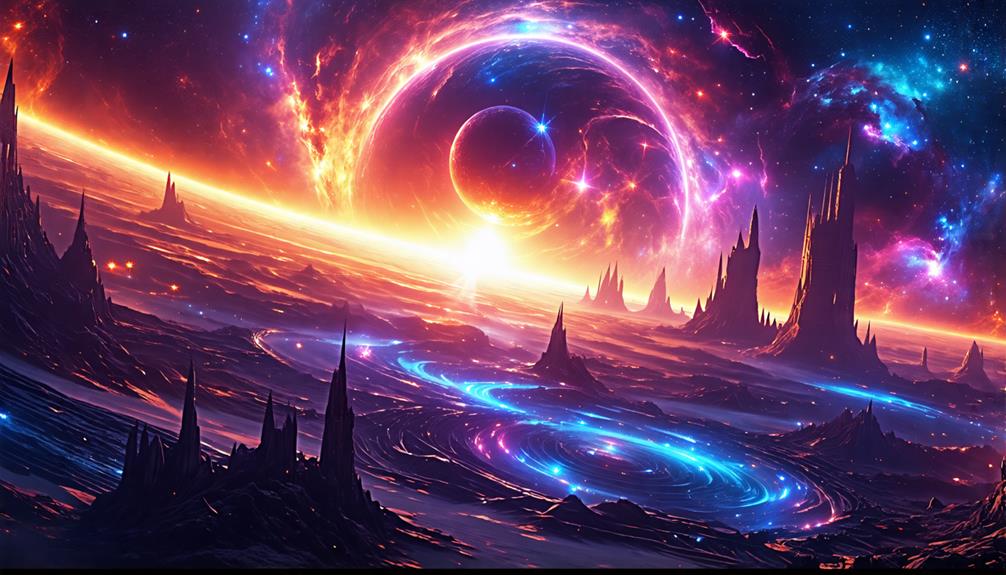
Unresolved hypotheses surrounding Tabby's Star continue to spark intrigue, with theories ranging from a swarm of comets to the possibility of a ravenous star consuming a planet. These ideas can evoke a mix of excitement and confusion:
- Swarm of Comets: This theory suggests that a group of comets could be responsible for the dimming. However, evidence remains inconclusive.
- Ravenous Star: The notion that a star could devour a planet is enthralling, but it lacks definitive proof.
- Internal Magnetic Activity: This hypothesis could explain brightness fluctuations, but it requires further examination.
As you delve deeper into these unresolved hypotheses, you realize that theories involving stellar burnout seem unlikely for Tabby's Star, which is classified as a normal F-type star expected to gradually brighten. The significant dips in brightness appear too large to be caused by a single planet, raising skepticism about planetary involvement. Each theory underscores the complexity behind the dimming of Tabby's Star, leaving you to wonder if alien megastructures could truly be a factor. The mystery remains, inviting you to ponder the unknown as you await future revelations.
Similar Stars and Their Behavior
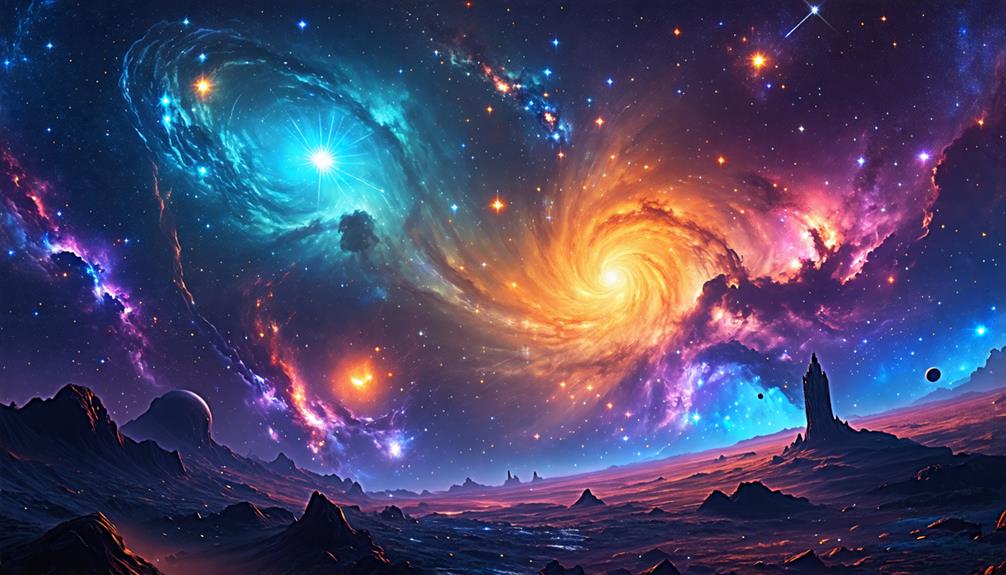
Researchers have identified several stars exhibiting dimming behavior similar to Tabby's Star, highlighting a broader cosmic phenomenon. A study led by Edward Schmidt classified over a dozen stars as either slow or rapid dippers. Slow dippers show dimming rates comparable to Tabby's Star, while rapid dippers display more extreme fluctuations in brightness. This indicates that the mechanisms causing these brightness variations are diverse.
The study included both main-sequence stars and red giant stars, demonstrating that unusual dimming phenomena are not limited to a single type of star. Using data from the Northern Sky Variable Survey and the European Space Agency's Gaia observatory, researchers categorized these dimming mechanisms across different stellar types.
This research is crucial as it forms the foundation for understanding the processes behind these stars' behavior. Future studies aim to delve deeper into the historical dimming rates of rapid dippers. By elucidating the mechanisms behind their observed brightness variations, researchers may gain insights into the broader implications of such dimming phenomena, potentially reshaping our understanding of stellar behavior in the universe.
Conclusion
In summary, while Tabby's Star initially intrigued us with the possibility of alien megastructures, current evidence suggests natural causes such as cosmic dust and stellar activity. This ongoing research not only enhances our understanding of this enigmatic star but also highlights the many mysteries still present in the universe. As we continue to explore and study similar stars, we remain poised to uncover more secrets about the cosmos.

